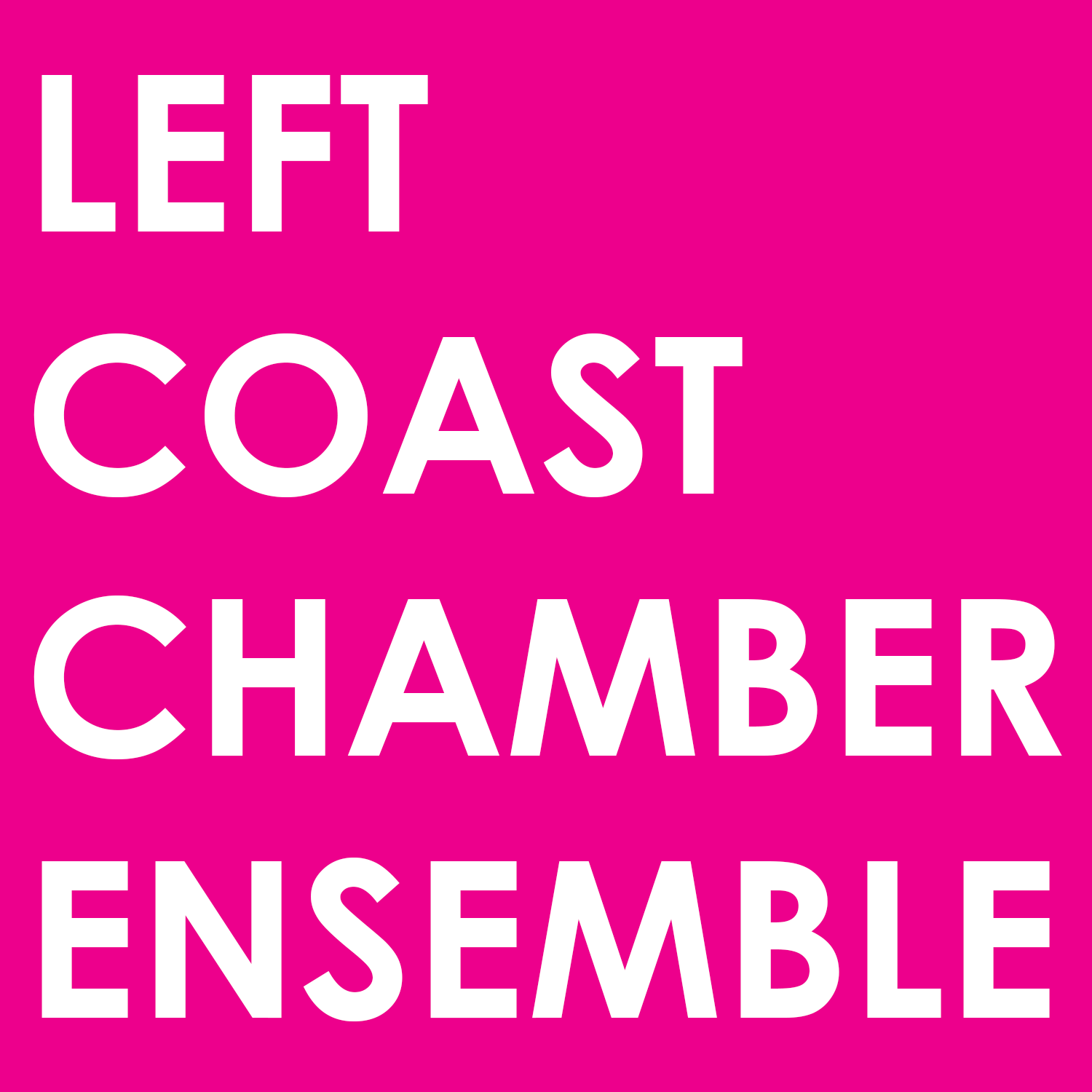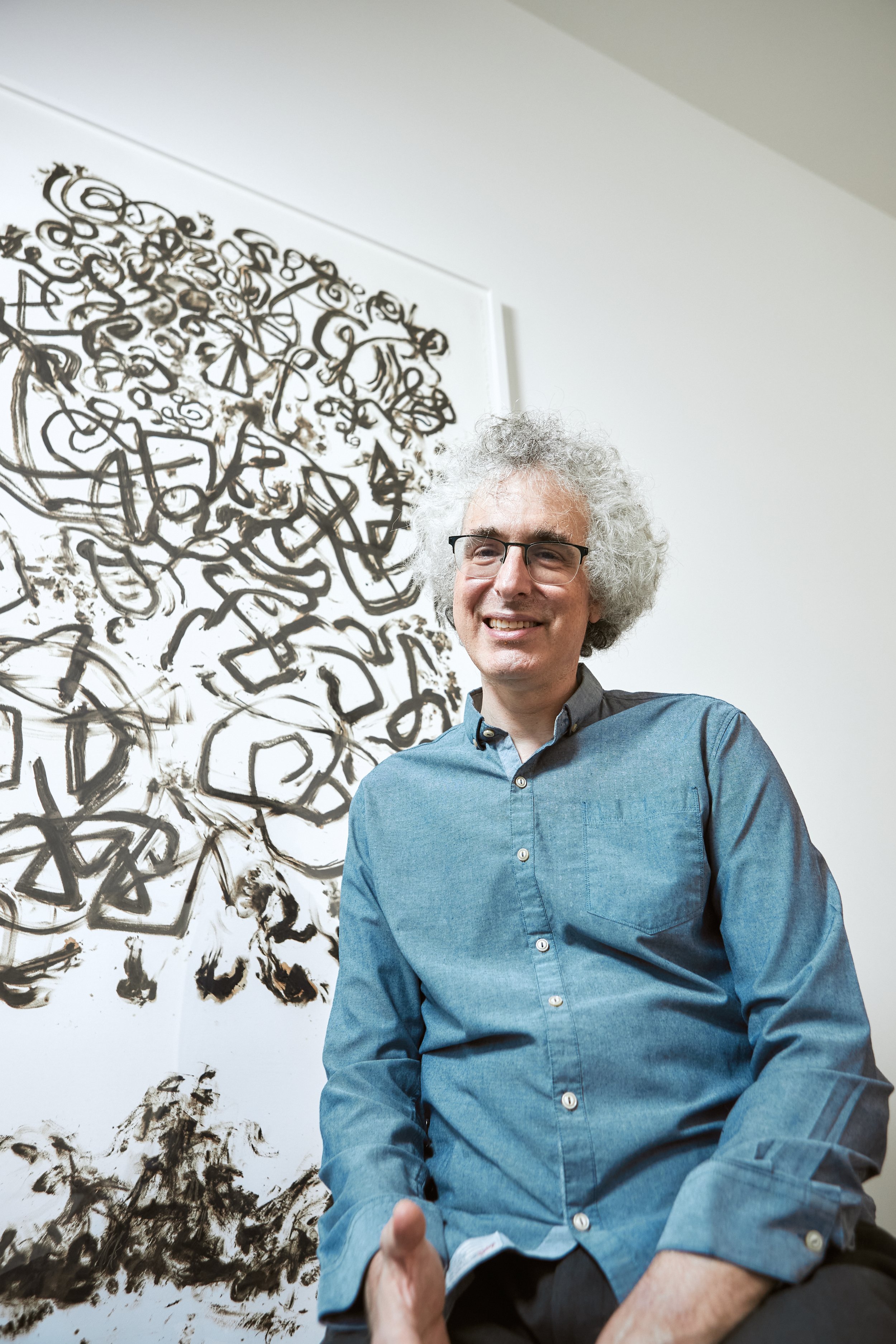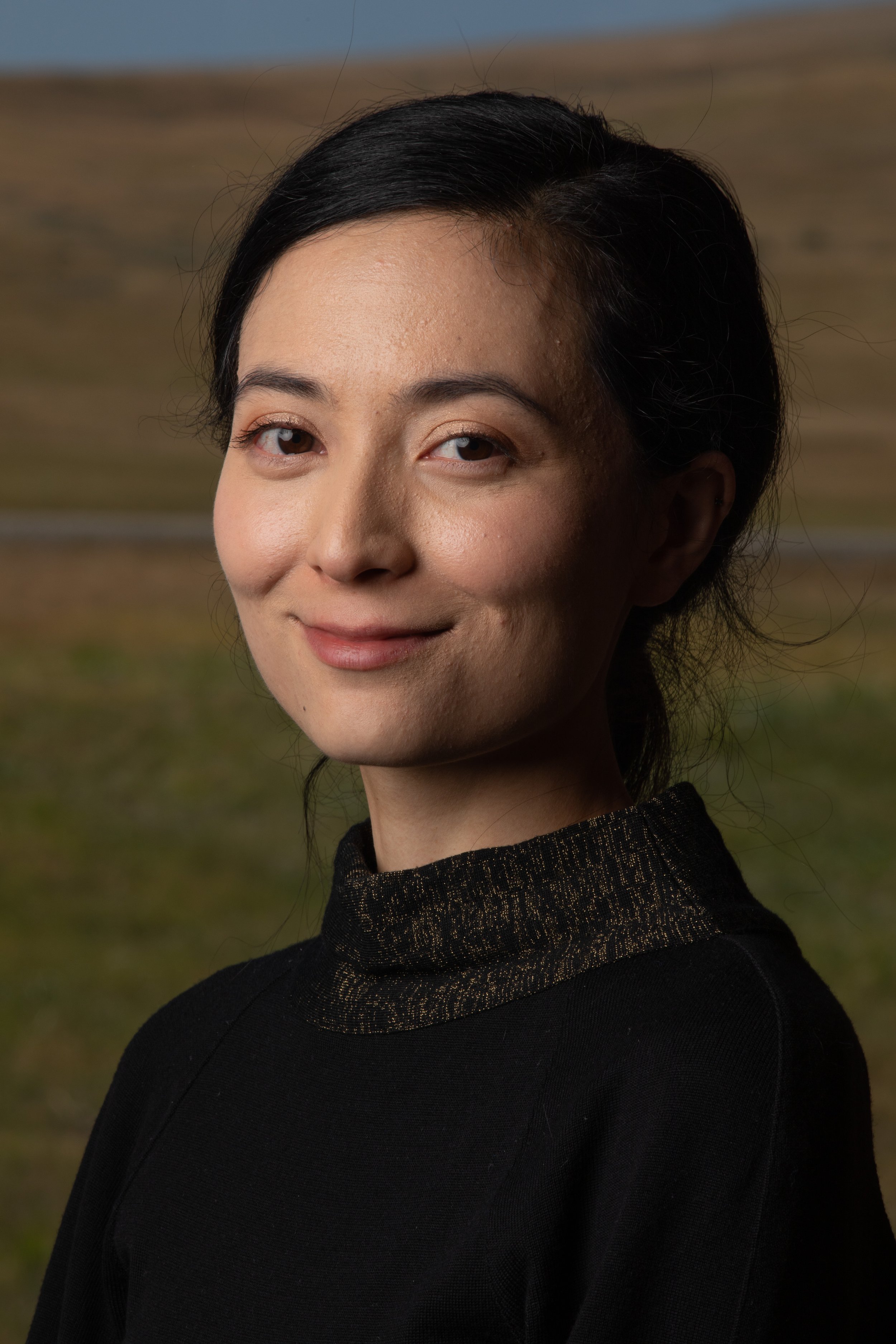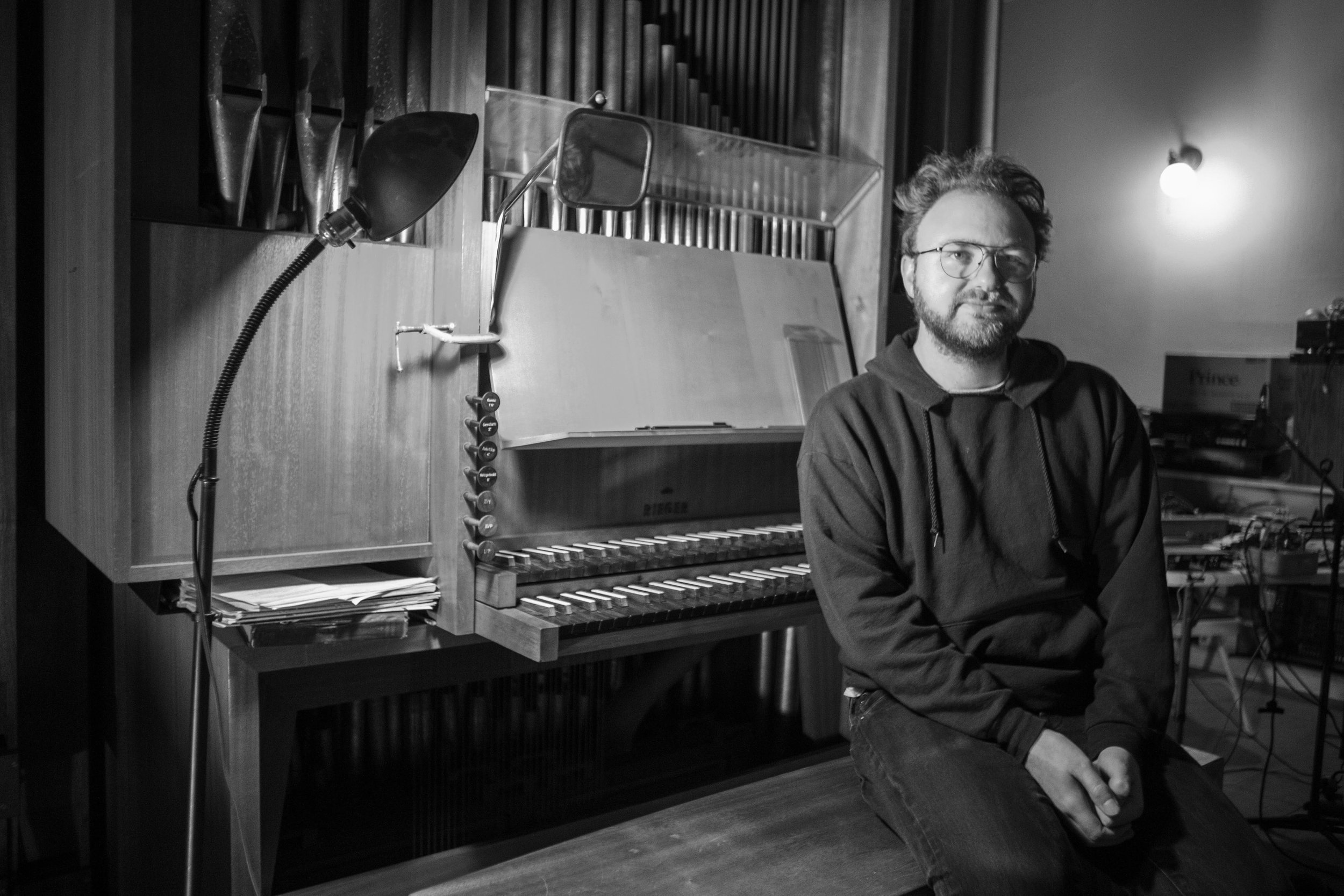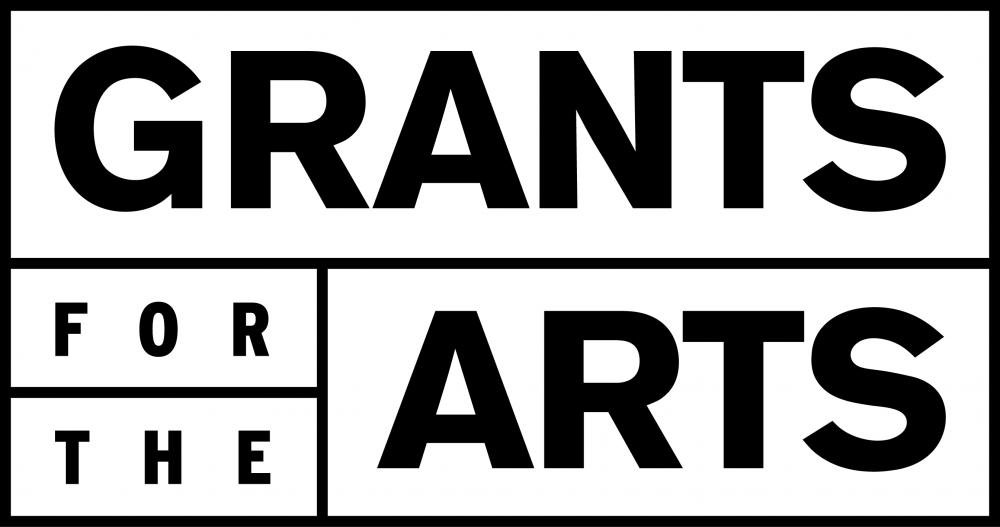Wild Music
Nature beckons us in the darkness of winter!
Igor Stravinsky - The Rite of Spring (arr. for 4 hands)
Leoš Janáček - On an Overgrown Path, Series 1
Trey Makler - get-together *WORLD PREMIERE
Dean Boursiquot - Hammered– *WORLD PREMIERE
Jack Langdon - motionless rite *WORLD PREMIERE
Left Coast Chamber Ensemble (LCCE) continues its 30th anniversary concert series with Wild Music, where music and nature beckon us through the darkness of winter. Igor Stravinsky's own brilliant arrangement of The Rite of Spring for piano four hands will be performed alongside three newly commissioned companion works inspired by Stravinsky’s iconoclastic work. Leoš Janáček's deeply personal connection to nature and memory completes the evening with his tender and mysterious piano cycle, On an Overgrown Path. Wild Music is made possible with the generous support of the Ross McKee foundation.
Sounds Delicious #3
Join us for a free preview event on Saturday, January 28, 2023, at the Steinway Gallery at 1605 Bonanza St, Walnut Creek, CA 94596. Learn More
>> VACCINATION & MASK POLICY
Berkeley Piano Club, Jan 29, 2023 —> No Vaccination Check at the Door, Masks Strong Recommended,
SF Conservatory of Music, Jan 30, 2023 —> Must Provide Full Vaccination for Entry, Masks Required
*Full Vaccination is defined as completion of the two-dose regimen of Pfizer or Moderna vaccines, one dose of Johnson & Johnson vaccine, or other WHO authorized COVID-19 vaccine administered two weeks or more in advance of the event.
Sunday, January 29, 2023, 7:30PM
Berkeley Piano Club
2724 Haste St. Berkeley, CA 94704
Monday, January 30, 2023, 7:30PM
San Francisco Conservatory of Music
50 Oak Street, San Francisco, CA 94102
Artists
Program Notes
Trey Makler get-together *WORLD PREMIERE
When I was asked to write a short piano piece inspired by the four-hand arrangement of Stravinsky's The Rite of Spring, I knew immediately what I had to do. The Rite is a special piece to me: it is one of the first pieces of music that I spent time with, digging into it and trying to uncover its deeper workings. The platform for this early exploration was Dr. Neil Minturn's seminar, Ritual in the Ballets of Stravinsky, which I took as a freshman in college at The University of Missouri back in 2013, along with my friends Lee, Holly, and Matt.
Fast forward to 2019: I was finishing my Masters degree at The Juilliard School, and at the end of March the dance department and orchestra were scheduled to perform The Rite of Spring with Martha Graham's choreography. So, I sent out an email and received a warm response: we would all reunite in New York City, catch up, and go to see The Rite together.
get-together was conceived in memory of these events. It is a toast to the bonds that I have formed through Stravinsky, and a celebration of fond reunion. Beyond my own gathering in New York, this work considers the act of reunion that two pianists, sharing one instrument, experience when they come together to play. I draw almost all of my material from The Rite, but it's mostly subtle: stilted rhythms that stumble across overlaid, mismatched meters; insignificant chords and gestures, distilled and transplanted from the original; and the unmistakable opening bassoon solo. I visualized the reunion as a wedge, which is most obvious in the opening as the two players begin at opposite ends of the piano and work towards the center until their hands are crossed. As the opening cascade crumbles, the players strive to play together while somehow missing one another, with one filling the gaps the other leaves behind. The resulting sound is an extended, off-balance hocket that demands the two players get together and become one.
I would like to extend a heartfelt thanks to my friends who have made The Rite of Spring such a magical piece for me, and to Matilda Hofman and Left Coast Chamber Ensemble for giving me the time and space to reminisce about this music and the people who have changed my life for the better. (Trey Makler, October 2022)
Trey Makler is a doctoral student in music composition and theory, UC Davis Department of Music.
Dean Boursiquot - Hammered– *WORLD PREMIERE
“When I was asked to compose a companion piece for Igor Stravinsky’s Rite of Spring piano four hand, I thought about reworking the composition. Stravinsky is one of my favorite composers, composing a hip-pop inspired remix is my way of paying tribute. Expanding a few motives found in the first half, Hammered is a work full of force and energy like an espresso shot.” (Dean Kervin Boursiquot, 2022)
Dean Boursiquot is a doctoral student in music composition and theory, UC Davis Department of Music.
Jack Langdon - motionless rite *WORLD PREMIERE
motionless rite was written as a miniature companion piece to the 4-hand piano arrangement of The Rite of Spring. Stravinsky’s harmonic voicings, formal construction,
and gestural contrasts were all stylistic parameters that informed the creative paths I took in the writing of this piece. The work captures a feeling of silent, motionless
intensity—an energy that feels fast and intense while remaining still and quiet—something I particularly associate with certain moments of The Rite. The intimacy of the
piano allows for these affects to be transmitted through the most direct means: harmony, rhythm, and volume. The peculiarity and colorfulness of Stravinsky’s idiom is
something that remains dear to me, and this piece is a reflection of his influence on my sensibilities.
Sincerest thanks to Allegra Chapman and Eric Zivian for their artistry and dedication to the detail and spirit of this short piece. Endless gratitude to Left Coast Chamber
Ensemble for their commission of this piece and their support of my work. (Jack Langdon, 2022)
Igor Stravinsky - The Rite of Spring
Igor Stravinsky’s The Rite of Spring premiered as a ballet in front of Parisian audiences in 1913, following its supposed conception from a dream years before, and an extended revising period due to delays and production challenges. At the time, French audiences were deeply interested in Russian culture, fed by fantasies of pagan mysticism and exotic rituals. Seeing opportunity in this fascination and seeking opportunities abroad, producer Serge Diaghilev established his Ballets Russes to present Russian music to audiences in Paris. The Rite of Spring was actually the third of Stravinsky’s ballets to be presented by the company, following the successes of his Firebird and Petrushka in the preceding years. This latest production, however, marked a departure from Stravinsky’s earlier, more approachable works.
The version presented here is for piano four-hands: two players at one keyboard. Despite the popularity of the orchestral version, it was actually this arrangement which was published first in 1913. The orchestral score would not be published until 1921 due to complications resulting from the onset of war in Europe.
The Rite of Spring was startlingly fresh for its time—both musically and choreographically. The initial performance was so shocking that some reports described the reaction as a riot, with audience members confronted by harsh, driving rhythms, and choreography that rejected the presumed beauty of ballet. Musicologist Linda Shaver-Gleason posits, however, that this riot never actually happened, asserting that “critics seemed more confused than outraged by the strangeness of the music.” Nonetheless, The Rite has stood the test of time as one of the most influential pieces of the twentieth century.
Structured in two large parts, The Rite of Spring begins with a collection of rituals and games performed by a pagan tribe (“The Adoration of the Earth”). During part two, “The Sacrificial Dance,” the girls of the tribe play a game of circles until one is anointed as the “Chosen One.” Following this selection, the music becomes increasingly agitated, leading to a final exhaustive performance as the Chosen One dances herself to death, punctuated by one last monstrous roar.
The music features melodies derived mostly from Lithuanian and Russian folk songs, with rich, polytonal harmonies, but it’s the rhythm which contrasts most starkly against Stravinsky’s other ballets of this period. Paul Rosenfeld, in his Musical Portraits (1920), wrote that “the rhythmic element… surges and thunders with giant vigor.” The listener will hear displaced accents, juxtaposed meters, and cellular ostinati that build into a visceral web of rhythmic complexity, with fleeting pastoral interpolations offering moments of respite from the relentless cacophony.
-Trey Makler (2023)
Leoš Janáček - On An Overgrown Path Series I (1911)
Leoš Janáček’s work as a folklorist, theorist, and teacher profoundly influenced his compositions, with strikingly original results. Moved by the Czech nationalism of the day and his own curiosity, Janáček worked to collect and preserve Moravian folk music; like many composers, he was interested in infusing this spirit into his own compositions. But Janáček was also enthralled by the natural properties of speech and their expressive potential. He transcribed the rhythm and contour of vocal utterances in his notebooks, and developed a theory of “speech-melody” that figures prominently in many of his compositions. Janáček had especially strong ideas about how emotion is effected in music, largely derived from these quotidian observations.
These idiosyncratic interests are all at play in On an Overgrown Path. The title is a reference from Moravian folk poetry, but for Janáček it also seems to have functioned as a metaphor for memory itself. He explained, “The little pieces [in] On an Overgrown Path contain distant reminiscences. Those reminiscences are so dear to me that I do not think they will ever vanish...Whenever I have a moment to indulge myself undisturbed in these recollections, then I find another such little piece comes to mind. It is on an overgrown path.” These “little pieces'' are themselves made up of little musical ideas. This is characteristic of Janáček’s oeuvre in general, but short gestures seem especially conducive to conveying memory in music.. It is as if these melody-fragments are the only parts of the memory left, the precious scraps that managed to cling, precariously, to consciousness. The musical gestures’ repetition, variation, and manipulation is also reminiscent of how we humans re-member: technically, we change a memory each time we recall it.
References to small towns, blowing leaves, and chattering swallows might seem gently nostalgic, even quaint. But On an Overgrown Path is also deeply personal. This is more evident in the later movements, some of which were written after the death of Janáček’s daughter Olga in 1903, at the age of 21. Of movement IX, “In Tears,” Janáček wrote, “Do you sense crying in the penultimate piece? A foreboding of certain death. An angelic being lay in deathly anguish through hot summer nights…” Whatever the specific affect or personal motivations of a given movement, what pervades On an Overgrown Path is a sense of deep emotion refracted through time.
-Emily Joy Sullivan (2023)
